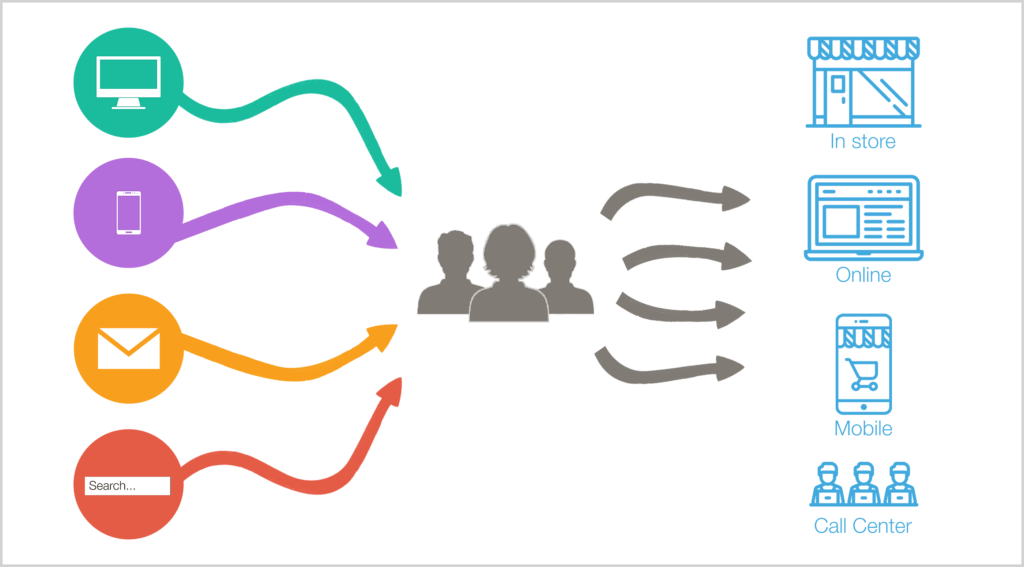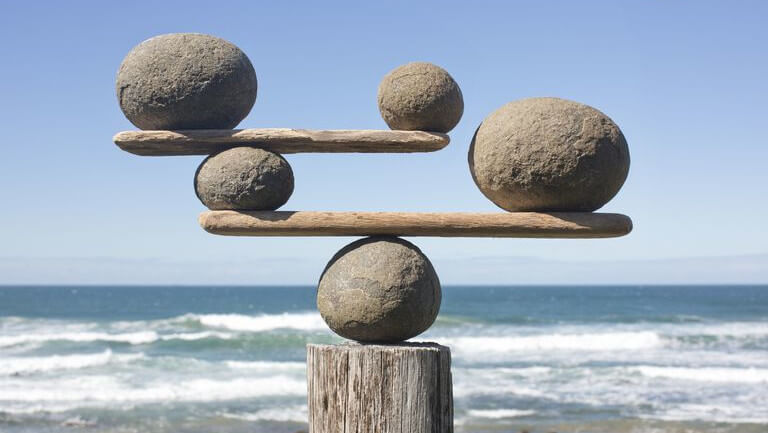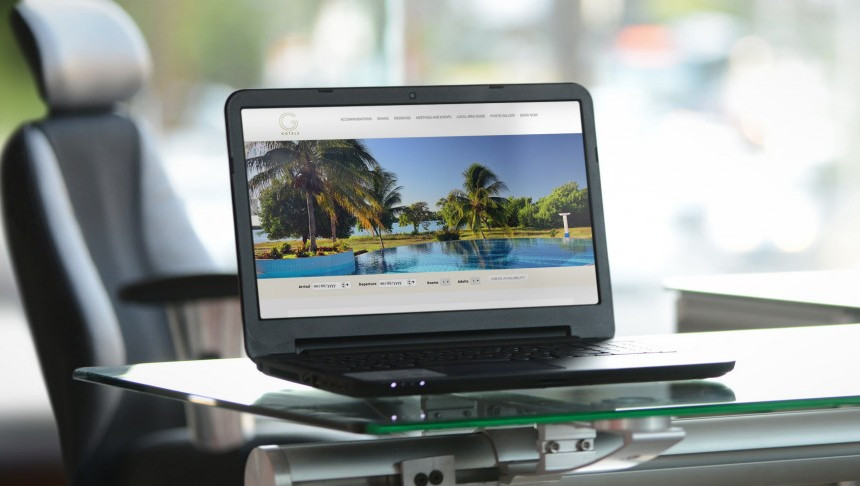
Google says it wants to rid marketers of their obsession with the last click before consumers buy things. Instead it aims to provide insights about how earlier ad dollars perform in areas like TV, digital video, store visits and search.
The tech titan separately said it’s capable of showing local store hours, directions and inventory levels immediately after commericals on YouTube. A test last year, Google claimed, motivated nearly a million people to visit Wendy’s and place an order for a square-shaped hamburger. (Or some nuggs.)
The announcements were among a flurry made Tuesday in San Francisco at Google Marketing Next, an annual event to promote the company’s plans for ad products, analytics and its DoubleClick ad platform.
To help marketers sift through the search giant’s many updates and new offerings, we’ve compiled several key takeaways from the event.
Au revoir, last click?
Email campaigns, digital ads, TV spots and store visits are among the many tools that marketers use to reach consumers. More often than not, whatever “touched” a consumer most recently before a purchase gets the credit. That’s the last-click paradigm, a reference to a shopper’s click on an ad online.
The search giant’s new offering, dubbed Google Attribution, joins the effort to pull off something more sophisticated.
The product uses machine learning, Google said, to assign a weighted value to every different touchpoint along consumers’ paths to purchase. The goal is to make sense of ad dollars’ effectiveness across different channels and devices. If a consumer’s last action before buying something is a Google search, for example, an earlier email campaign may also get its share of the credit.
Such so-called multi-touch attribution has been around for years, but Google said its product will be more accurate and faster than existing efforts. It’s also free in the version designed for small and medium-sized businesses.




